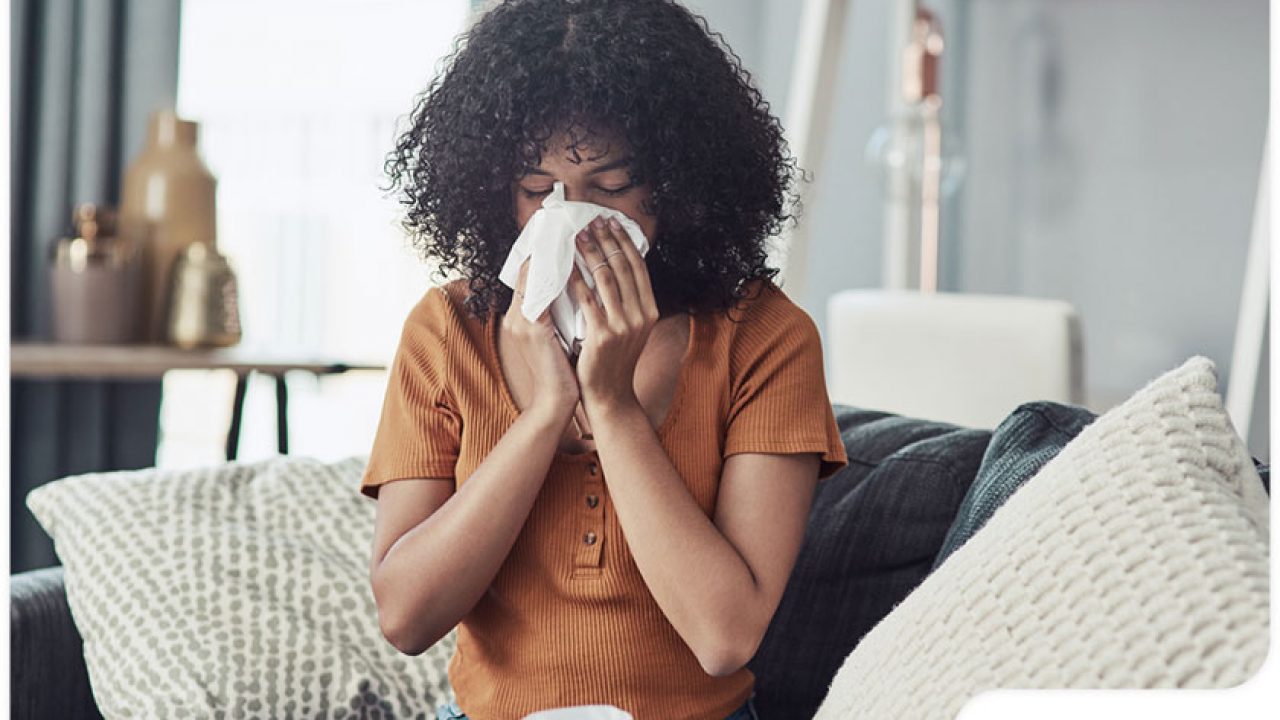Seasonal allergy

Introduction
Seasonal allergies are a ghost that comes alive with the changing of the seasons and the awakening of nature. Although the blossoming flowers and sprouting trees create a beautiful sight, for many people, they also mark the beginning of the yearly battle against congestion, itching, and sneezing. We’ll go into the nuances of seasonal allergies in this post, covering everything from their causes to practical treatment techniques so you may appreciate the beauty of each season without having to deal with uncomfortable sniffles.
Seasonal allergies: What Causes Them?
Pollen is the main airborne trigger for seasonal allergies, which are often referred to as hay fever or allergic rhinitis. To fertilise other plants of the same kind, trees, grasses, and weeds release microscopic pollen particles into the atmosphere. The immune system may view these particles as invaders when they come into touch with delicate nasal passages, which could cause histamines to be released and allergy symptoms to appear.
Acknowledging the Signs:
Sneezing: Frequent sneezing is one of the most prevalent and easily identifiable symptoms; it’s the body’s attempt to get rid of allergens.
Watery or Itchy Eyes: Allergens can irritate the eyes, resulting in excessive tears, redness, and itching.
Nasal Congestion: Breathing through the nose might become difficult due to swelling of the nasal tissues and increased production of mucus.
Fatigue: Feelings of exhaustion and sluggishness might result from the body’s taxing immunological reaction to allergens.
Coughing and Sore Throat: Postnasal drip can cause coughing as well as throat irritation.
Techniques to Control Seasonal Allergies:
Track Pollen Levels: Keep yourself updated on the local pollen count, which tends to be higher on warm and windy days. Modify outdoor activities as necessary to reduce exposure during peak hours.
Allergy-Proof Your House: To lessen indoor allergens, keep windows closed during periods of high pollen count, use air purifiers, and clean and dust your home frequently.
Personal Protection: Use caps or scarves to protect your face from airborne allergens and think about wearing sunglasses to protect your eyes when you go outside.
Individualization and Homoeopathy:
One of the main principles of homoeopathy is individualization. Allergies can affect individuals differently, and homoeopathic practitioners take these individual differences into account when prescribing treatments. Speaking with a trained homoeopath enables a customised strategy that takes into account the unique symptoms and constitution of the patient.
Individualization and Homoeopathy:
Individualization is a fundamental tenet of homoeopathy. Individual variances in the effects of allergies are taken into consideration by homoeopathic practitioners when recommending therapies. Speaking with a qualified homoeopath allows for the creation of a personalised plan that takes the patient’s particular symptoms and constitution into consideration.
In conclusion,
Homoeopathy presents a natural substitute for traditional therapies, offering a comprehensive and customised approach to managing seasonal allergies. Homoeopathic remedies can provide relief from symptoms and make it easier for people to adjust to the changing seasons by addressing the underlying causes of symptoms and fostering harmony within the body. If you’re thinking about using homoeopathy to treat your seasonal allergies, speak with a licenced homoeopathic practitioner to develop a personalised strategy that takes into account your particular circumstances and needs.

